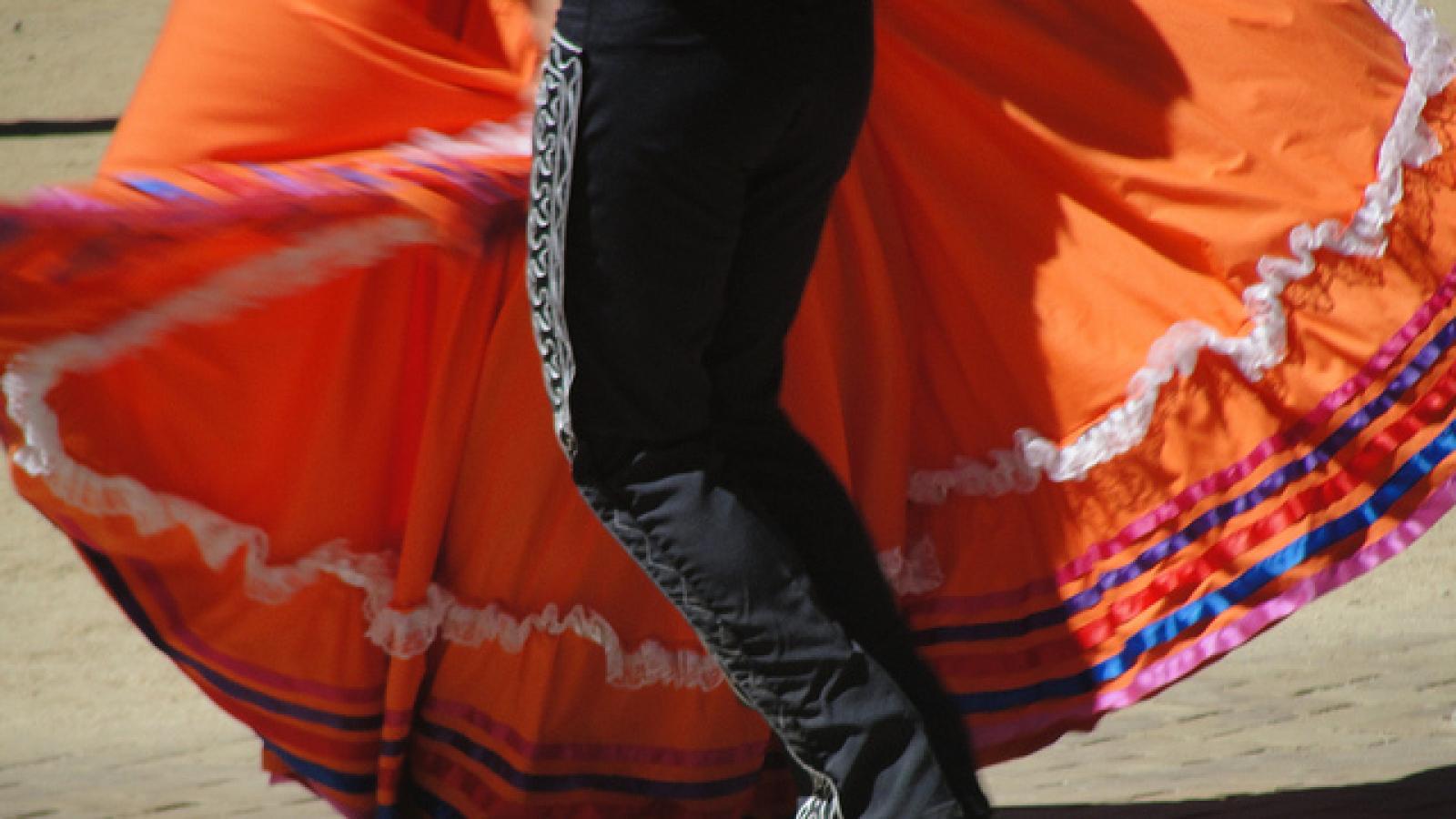Taking Note: Immigrant Participation in the Arts

For more than a decade, arts and cultural practitioners have profited from a handful of studies that trace distinctive patterns of arts participation among immigrant communities. Now, as a fresh arrival to this colloquy, has landed Considering Cultural Integration in the United States, published as a dissertation for Rand Graduate School. Authored by Jennifer Novak-Leonard, currently associate director at Vanderbilt University’s Curb Center for Art, Enterprise, and Public Policy, the report began life as a working paper supported by a NEA research grant.
Novak-Leonard's study takes its place among other key reports. Often employing qualitative research methods, but sometimes using local survey data, such analyses range from Mark Stern and Susan Seifert’s excavations of Philadelphia’s changing cultural scene to Jennifer Lena and Daniel Cornfield’s pilot study of immigrant artists in Nashville.
California, the state with the highest share of immigrants, has logged at least two entries: the Irvine Foundation’s “The Cultural Lives of Californians,” which treats the subject extensively, and Pia Moriarty’s look at “participatory arts” among Silicon Valley immigrants.
This sample of reports does not count (or discount the significance of) such essayistic volumes as Paul DiMaggio and Patricia Fernandez-Kelly’s Art in the Lives of Immigrant Communities in the United States, sporadic field assessments such as the American Association of Museums’ “Demographic Transformation and the Future of Museums,” or historical surveys such as Charles Hirschman’s “The Contributions of Immigrants to American Culture.”
Some themes common to many of these earlier texts are:
- immigrant groups are making formidable contributions to the stock of artistic and creative output being enjoyed by Americans of all backgrounds;
- often through hybridization or technology or both, immigrants’ art can spur innovation within other artistic disciplines or milieus;
- immigrant groups engage with many art forms and cultural traditions that prize personal creativity or performance (these activities may occur in informal spaces); and
- funders need to confront questions of how better to serve these communities, to allow immigrant artists and their art forms to flourish, but also to ensure that those contributions are valued and validated elsewhere in the U.S. arts ecosystem.




